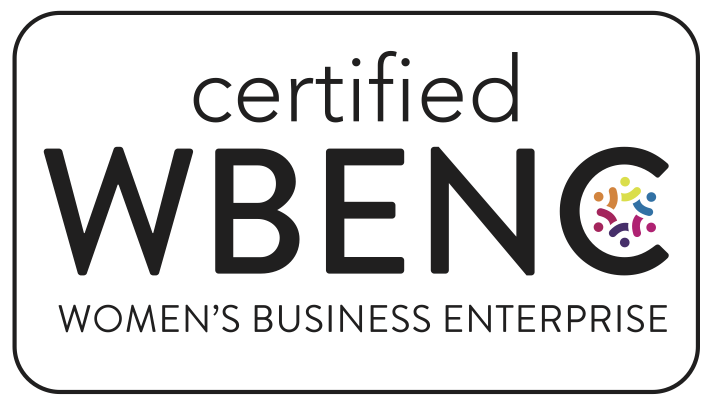As the world starts to rethink its approach to work, many leaders are rethinking their organizations' roles and structures and looking at what might work better, what has changed over the last few years, and how they can better support their strategic objectives and better serve their clients. Successful organizations prosper because they're clear about their value and because their functions, roles, and processes are all designed to provide value to their customers and clients. When companies are unable to meet those goals, restructuring may be in order. Most leaders who are considering restructuring probably won't be throwing out the company's entire structures but will at least examine closely how the organization is designed, how it supports its service offerings, and how it does business.
How should leaders approach the question of restructuring? This multistep process can help them determine where to start and identify their objectives.
First, Define Value
What is the organization's service? What is the value that its customers and clients see? The measure of success for every function, process, and performance is whether this value is delivered.
Define Functions
What are the organization's functions, and what services do they need to deliver? Remember that the organization's functions aren't products or services or internal "deliverables." Rather, they are the needs or wants to be satisfied -- the why behind what the organization does. To identify an organization's functions, look for the one or two or three big indications that it is doing a good job. What makes relevant parties happy when the organization has done its job well?
Review Talent
Next, think about the company's current talent and how it will fit into the new organizational structure. Consider what functions the organization performs or will perform (don't think about roles just yet). What value is the organization expected to deliver, and what functions make that happen? Write down all the work that gets done or needs to get done, whether it has a direct impact on a client or an internal function. Then evaluate how each function contributes to the value that the organization provides and whether that work needs to happen.
Don't confuse functions and roles. This flexibility enables employees to learn all the organization functions over time, builds speed and familiarity with each one, and keeps the work from quickly becoming monotonous.
Because everyone can do everything, sudden reassignments (say, when an employee calls in sick at the last minute) are easier to accommodate, and speed doesn't suffer (at least, not too much).
Day-to-day role assignments may not work for every business, but it's still a good idea to keep functions and roles separate in future organizational planning. Locking people into roles that don't develop or enable people to grow risks isolating them by limiting the number of people with whom they interact and the places where they can add value. But dividing up functions more liberally can bring more variety to each role and expand the areas in which people in those roles can collaborate with others in the organization.
Communicate, Communicate, Communicate
Clear communication is valuable everywhere, of course, but speed may not be the value around which processes should be designed. People tend to like it, for example, when their doctors take extra time to listen to them and understand their needs. Medical offices that get patients in and out as fast as possible aren't delivering the value those patients typically want and soon get a bad reputation -- and that reputation suffers even more if doctors take ample time with patients, but the office staff have been told to schedule as many appointments as possible.
To figure out how an organization should communicate and collaborate, let the value that the organization provides serve as a guide -- and be sure that the same value guides every member of the organization.
Deciding who makes decisions and in what circumstances can be a daunting task for managers. There's a high potential for something to go wrong. Some people enjoy having autonomy and authority over their own work (and having no say over their work and how it gets done might make them choose other employment), whereas others don't want the stress of making decisions that could help or harm the company. More people making decisions invites more bad decisions and workplace drama, but fewer decision makers can restrict an organization's ability to be creative and innovative.
Any decision about an organization's decision-making authority should align with and support the value that the organization delivers, especially in the long term. How decision making in the organization works must be clearly explained: no one should be uncertain about who makes decisions and when. Everyone (including leaders) should be held accountable for their decisions, decisions that add value should be rewarded, and decisions that detract value should be addressed.
Invest in the Organization
The steps detailed above -- clarifying value, considering functions, assigning roles, implementing processes, and deciding who decides -- form the design of the organization, the architecture in which its members operate. For an organization to be effective, it must be a source of value to its people. After all, if the organization doesn't meet their wants and needs, they won't stay engaged with it. Therefore leaders must not be afraid to allow employees to help shape the organization's design, because their input can make it even better.

